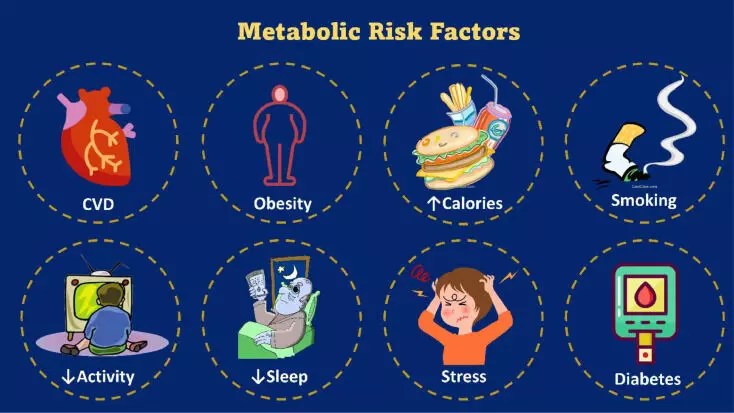Aurobindo Pharma bags USFDA okay for Duchenne muscular dystrophy drug Deflazacort

Hyderabad: Aurobindo Pharma Limited has announced that the Company has received final approval from the US Food & Drug
Administration (USFDA) to manufacture and market Deflazacort Tablets, 6 mg, 18 mg, 30 mg, and 36 mg, which
is bioequivalent and therapeutically equivalent to the reference listed drug (RLD), EMFLAZA tablets 6 mg, 18
mg, 30 mg and 36 mg of PTC Therapeutics Inc.
The product will be launched in February 2024.
The approved product has an estimated market size of US$ 67 million for the three months ending September
2023, according to PTC Therapeutics Inc.
Aurobindo now has a total of 502 ANDA approvals (482 Final approvals
and 20 tentative approvals) from USFDA.
Deflazacort Tablets, 6 mg, 18 mg, 30 mg, and 36 mg is indicated for the treatment of Duchenne muscular
dystrophy (DMD) in patients 5 years of age and older.
Aurobindo Pharma Limited is an integrated global pharmaceutical company headquartered in Hyderabad, India. The
Company develops, manufactures, and commercializes a wide range of generic pharmaceuticals, branded
specialty pharmaceuticals and active pharmaceutical ingredients globally in over 150 countries.
The company has 25 manufacturing and packaging facilities that are approved by leading regulatory agencies
including USFDA, UK MHRA, EDQM, Japan PMDA, WHO, Health Canada, South Africa MCC, Brazil ANVISA.
The
company’s product portfolio is spread over 7 major therapeutic/product areas encompassing CNS, AntiRetroviral, CVS, Antibiotics, Gastroenterological, Anti-Diabetics and Anti-Allergic, supported by a strong R&D
set-up.
Powered by WPeMatico



















